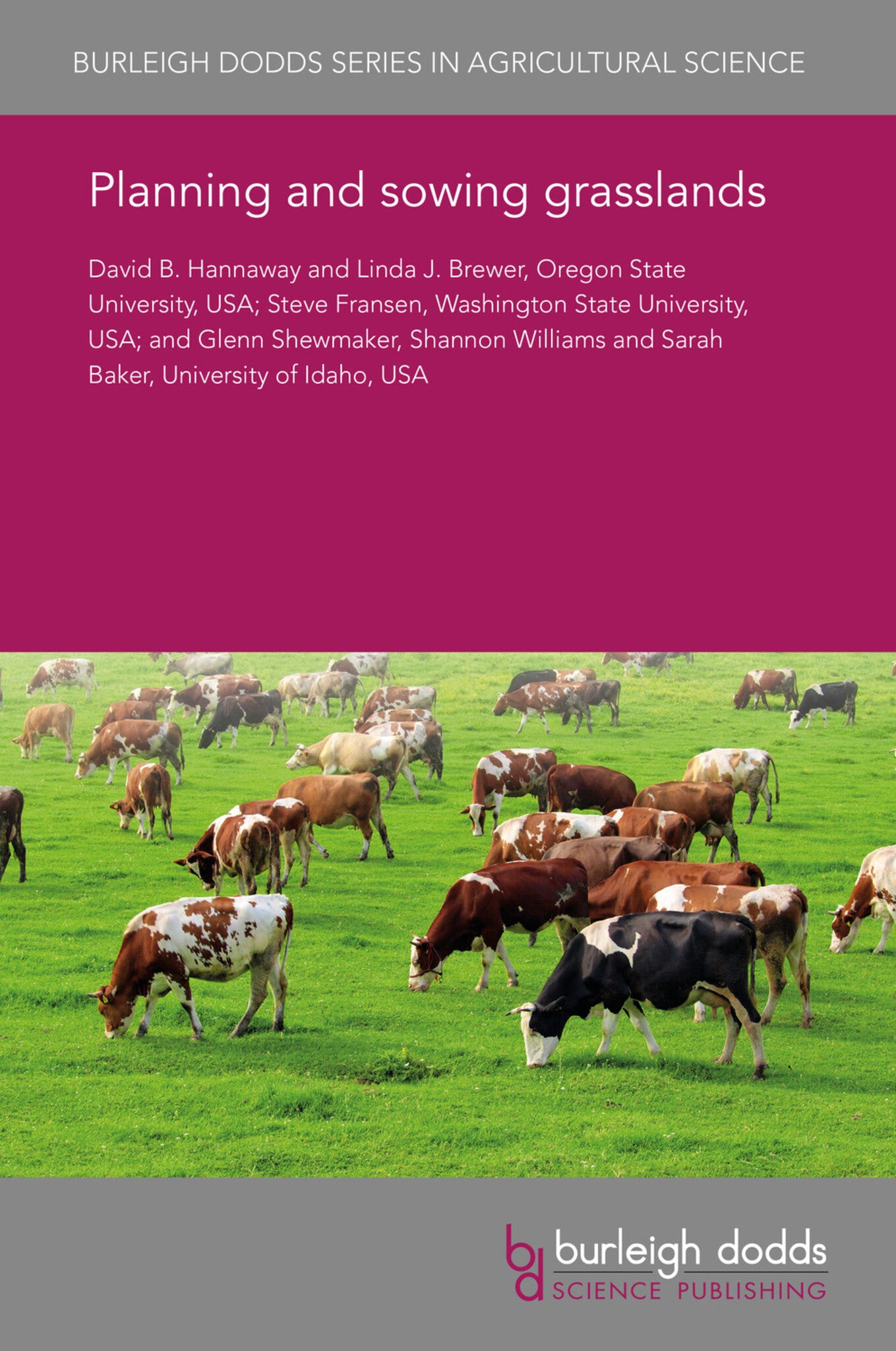We're sorry. An error has occurred
Please cancel or retry.
Planning and sowing grasslands

Some error occured while loading the Quick View. Please close the Quick View and try reloading the page.
Couldn't load pickup availability
- Format:
-
26 July 2018


TECHNOLOGY & ENGINEERING / Agriculture / Forestry, Plains and grasslands, TECHNOLOGY & ENGINEERING / Agriculture / Sustainable Agriculture, Sustainable agriculture, Forestry and silviculture

1 Planning 2 Species and cultivar selection: overview 3 Species and cultivar characteristics: tolerances 4 Species and cultivar characteristics: further characteristics 5 Establishment and renovation: initial considerations 6 Sowing and initial management 7 Key issues in improving forage selection 8 Review of existing selection tools 9 Future trends 10 References



